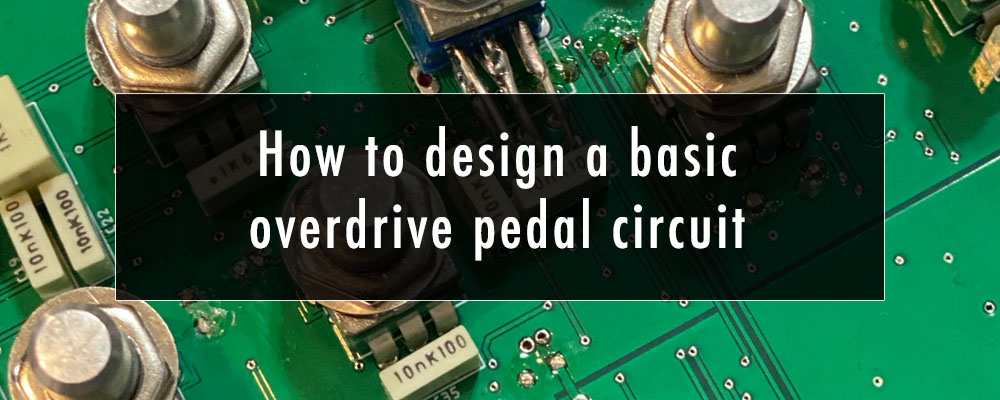DailyDovetails
Well-known member
I have been playing with this circuit on my breadboard for a little while. I built an Acapulco gold after doing a deep dive listening to Earth, Boris and Sunn O. I found it to be too high gain for me to use often so I started looking into how to mod the LM386. The spec sheet for it was interesting how you can adjust the gain by putting a resistor and cap between pins 1 and 8. In my research of other projects I found the cap probably isn’t necessary. There is also apparently a bass boost that you can do with this op but I didn’t really investigate it as it has enough bass for me as is.
Now that I was able to adjust the gain I found that on the lower gain settings the treble was fairly obnoxious and noisy in the higher gain ones so I did some reading on tone stacks and added a low pass filter between the 2 op amps as it seemed I could conveniently change a few values and add a trimmer and make one. I also adjusted the input cap to dump some of the sub bass frequencies.
I’m fairly happy with the sound of this circuit now. With it turned up it does all the sustain and chug I think I will ever use. With it turned down and my guitar volume knob down it makes for a pretty clean boost that breaks up nicely when turned back up.
My plan is to build this into a 2 knob enclosure one knob will be volume the other a dual pot that controls both gain circuits. The treble will be an internal trimmer that I lower to where the treble is not annoying on the clean settings. The artwork for this project will be based on artwork my daughter used to make when she was little.
I am hoping some of you who are more circuit inclined than myself might be able to take a look at what I have come up with and offer suggestions related to noise and general circuit design and improvements.
Some of the questions I had while putting this together were why would I use inverting vs non inverting inputs. I felt that both were similar when I tried them but think I slightly preferred it inverting. Another question I had was about tone stack placement. It seems to work fine where I put it but how and why would I put it in one area vs another?
Thank you to everyone who has contributed here. I find myself reading on here often and have come much further in the short time I have been doing this that I had imagined I could.
Any suggestions on programs to draw circuits? One that is free, available on Linux and leads into circuit board design would be my preference. KiCAD? The space available in my brain to learn additional CAD programs is limited so I want to pick a good one to start.
Now that I was able to adjust the gain I found that on the lower gain settings the treble was fairly obnoxious and noisy in the higher gain ones so I did some reading on tone stacks and added a low pass filter between the 2 op amps as it seemed I could conveniently change a few values and add a trimmer and make one. I also adjusted the input cap to dump some of the sub bass frequencies.
I’m fairly happy with the sound of this circuit now. With it turned up it does all the sustain and chug I think I will ever use. With it turned down and my guitar volume knob down it makes for a pretty clean boost that breaks up nicely when turned back up.
My plan is to build this into a 2 knob enclosure one knob will be volume the other a dual pot that controls both gain circuits. The treble will be an internal trimmer that I lower to where the treble is not annoying on the clean settings. The artwork for this project will be based on artwork my daughter used to make when she was little.
I am hoping some of you who are more circuit inclined than myself might be able to take a look at what I have come up with and offer suggestions related to noise and general circuit design and improvements.
Some of the questions I had while putting this together were why would I use inverting vs non inverting inputs. I felt that both were similar when I tried them but think I slightly preferred it inverting. Another question I had was about tone stack placement. It seems to work fine where I put it but how and why would I put it in one area vs another?
Thank you to everyone who has contributed here. I find myself reading on here often and have come much further in the short time I have been doing this that I had imagined I could.
Any suggestions on programs to draw circuits? One that is free, available on Linux and leads into circuit board design would be my preference. KiCAD? The space available in my brain to learn additional CAD programs is limited so I want to pick a good one to start.



